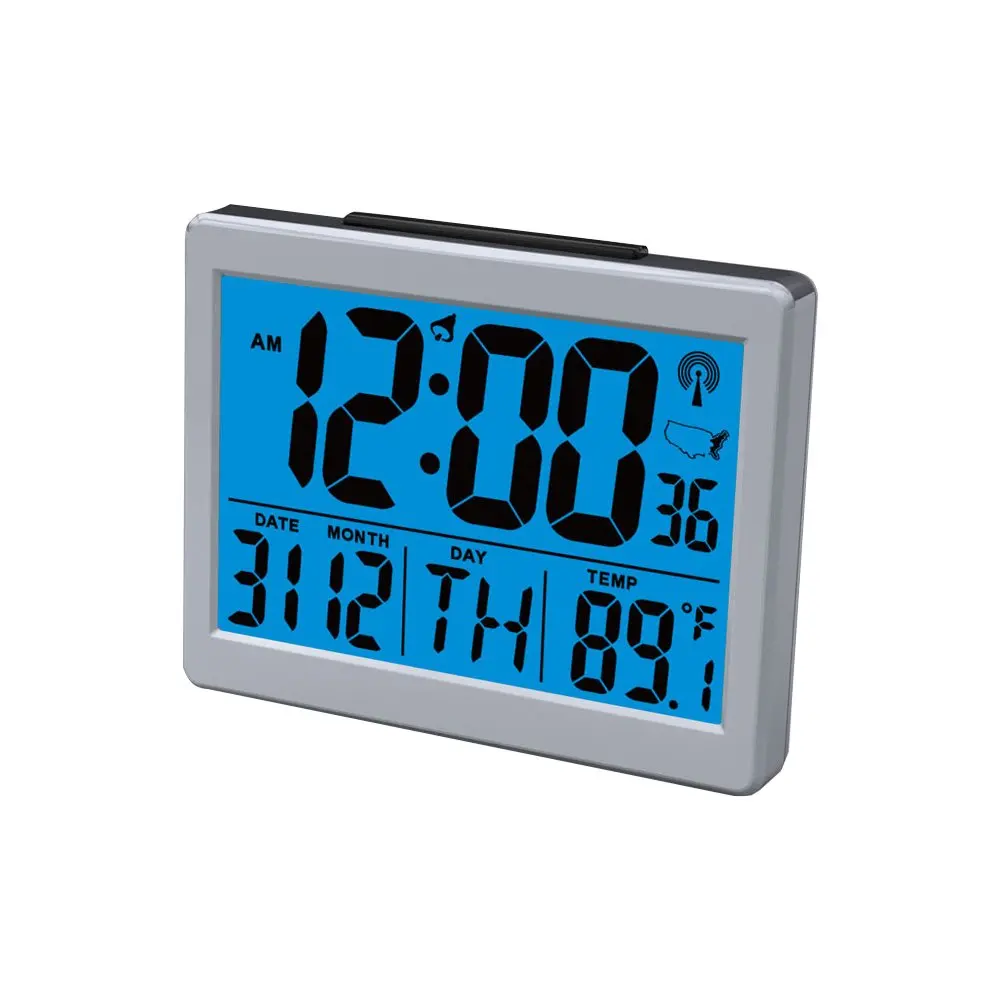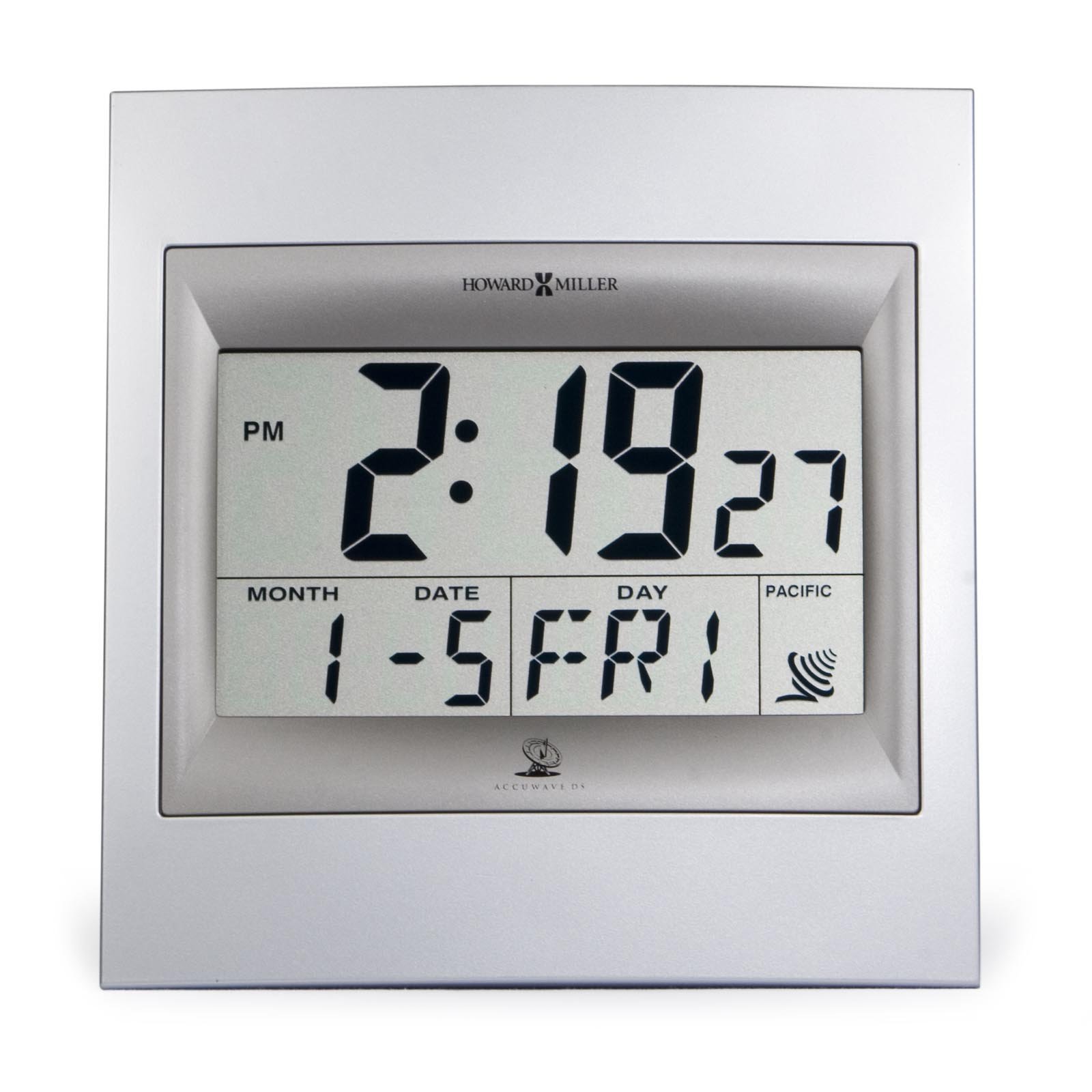


Luckily, there’s one lone exception in all of the known nuclei, Safronova said, “a freak-of-nature thing.” A variety of thorium called thorium-229 has a pair of energy levels close enough in energy that a laser could potentially set off the jump. For most nuclei, that would require light of higher energy than suitable lasers can achieve. “Nuclear levels are not normally accessible with lasers,” said theoretical physicist Marianna Safronova of the University of Delaware in a June 2 talk at the meeting. To tally time with nuclei, scientists need to be able to set off the jump between nuclear energy levels with a laser. As a result, nuclear clocks “would be more stable and more accurate,” says theoretical physicist Adriana Pálffy of Friedrich-Alexander-Universität Erlangen-Nürnberg in Germany.īut there’s a problem. Notably, nuclei are resistant to the effects of stray electric or magnetic fields that can hinder atomic clocks. Nuclear clocks would be based on jumps between those nuclear energy levels, rather than those of electrons. Like the electrons in an atom, the protons and neutrons within atomic nuclei also occupy discrete energy levels.

That frequency - the rate of oscillation of the light’s electromagnetic waves - serves as a highly precise timekeeper. To bump electrons in an atom from one energy level to another, an atomic clock’s atoms must be hit with laser light of just the right frequency. According to quantum physics, electrons in atoms can carry only certain amounts of energy, in specific energy levels.

That means nuclear clocks could allow new tests of fundamental ideas in physics, including whether supposedly immutable numbers in physics known as fundamental constants are, in fact, constant.Ītomic clocks tally time using the energy jumps of atoms’ electrons. “A nuclear clock sees a different part of the world,” said Thirolf, of Ludwig-Maximilians-Universität München in Germany. But “it’s not just about timekeeping.” Unlike atoms’ electrons, atomic nuclei are subject to the strong nuclear force, which holds protons and neutrons together. But a clock based on atomic nuclei could reach 10 times the precision of those atomic clocks, researchers estimate.īetter clocks could improve technologies that depend on them, such as GPS navigation, physicist Peter Thirolf said June 3 during an online meeting of the American Physical Society Division of Atomic, Molecular and Optical Physics. Today’s most precise clocks, called atomic clocks, rely on the behavior of atoms’ electrons. If physicists can build them, nuclear clocks would be a brand-new type of clock, one that would keep time based on the physics of atoms’ hearts. We offer both Digital Atomic Clocks with LCD displays and Analog Atomic Clocks that have hands.Nuclear clocks could be the GOAT: Greatest of all timepieces. Atomic clocks are sometimes called "Radio Controlled Clocks". If you lost your instructions and are trying to set your atomic clock, please read our atomic wall clock operations guide for atomic clock with hands. They will adjust for daylight saving time. Atomic, Radio Controlled clocks will receive the signal (usually at night) and make corrections to automatically keep the clock correct. These atomic clocks regulate the WWVB radio transmitter where the exact time signal is continuously broadcast throughout the United States at 60 kHz to take advantage of stable longwave radio paths found in that frequency range. Atomic Clocks set themselves by listening for the radio signals of the NIST Atomic Clock in Fort Collins, Colorado.Īs soon as the Atomic Clock catches the signal, the hands will spin at 20 times their normal rate and the time is adjusted to accuracy with less than a one-second deviation in one million years!


 0 kommentar(er)
0 kommentar(er)
